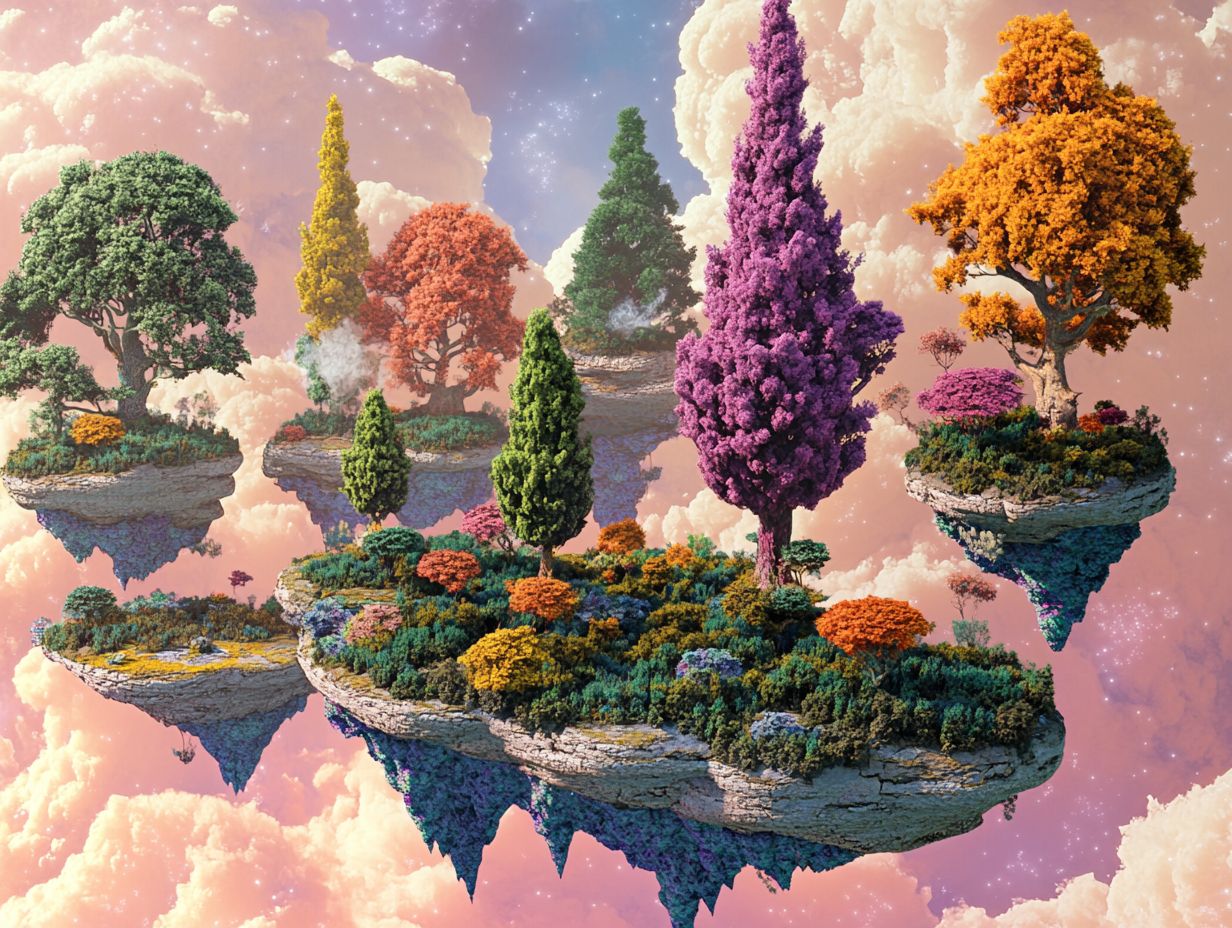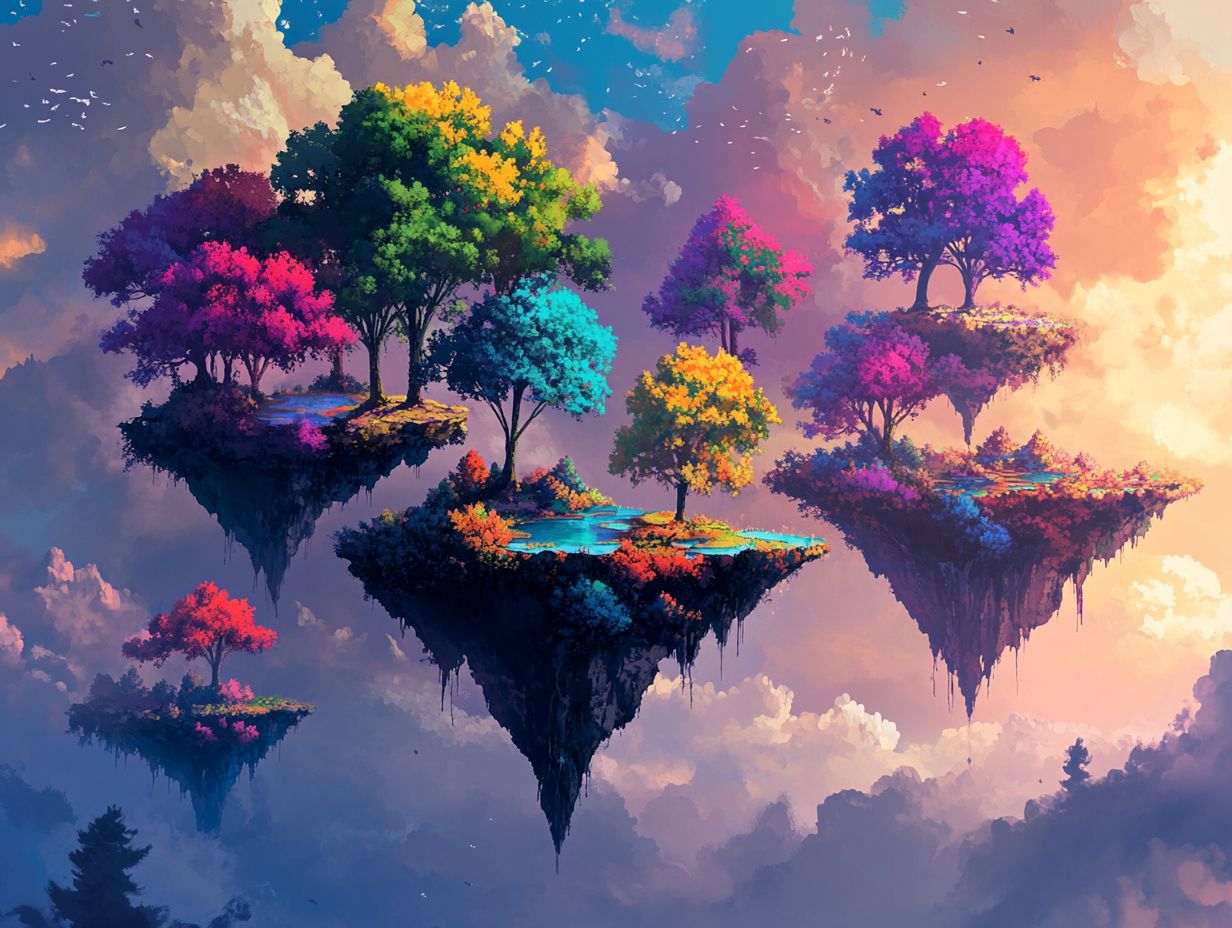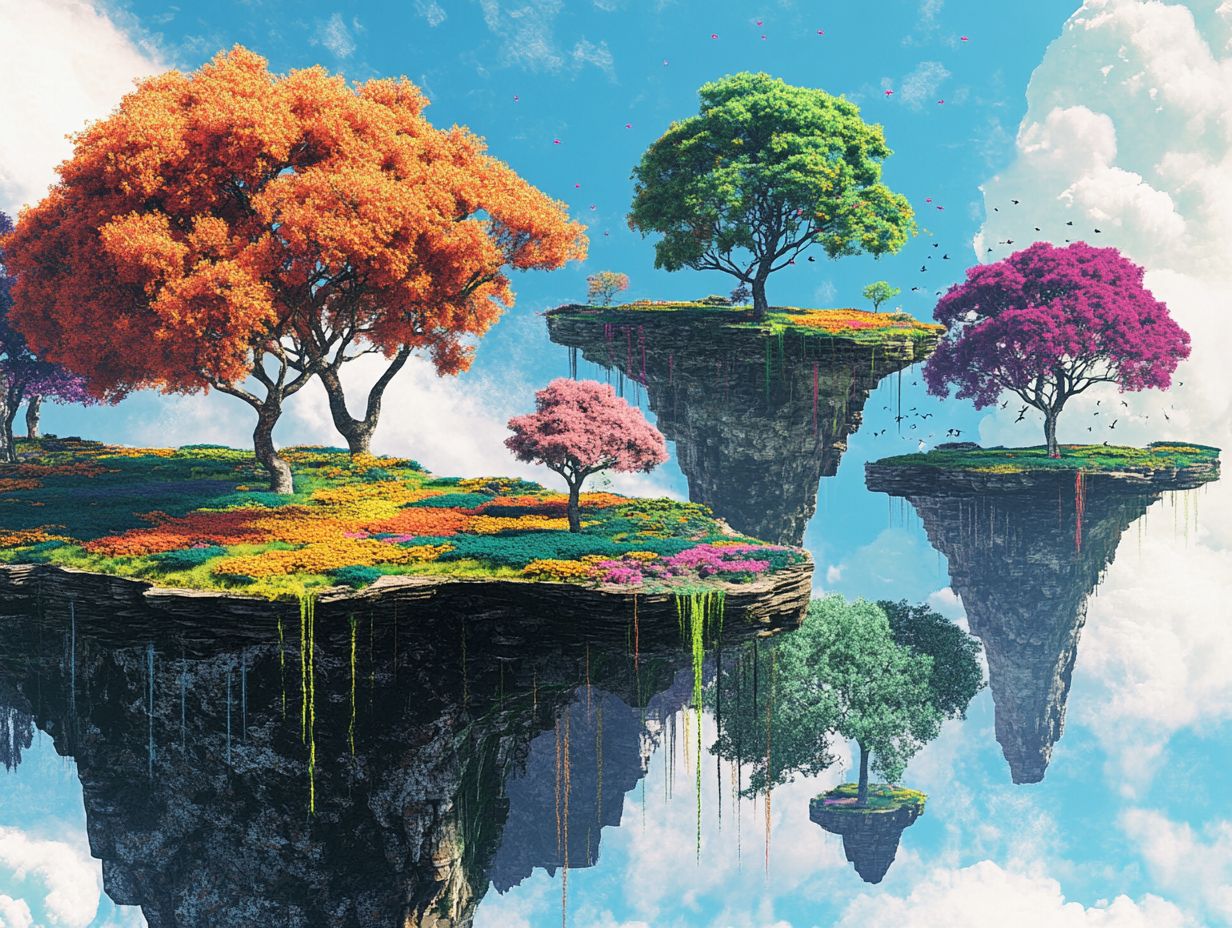Artificial Intelligence (AI) is transforming the way images are created and interacted with, expanding the boundaries of creativity and technology.
This article examines the field of image generation, focusing on how machines convert text descriptions into visual representations.
It looks at the current state of this evolving area, discussing its advancements and limitations, as well as the techniques and algorithms that facilitate these creations. The article also explores the various applications of this technology across different industries.
Additionally, it addresses the ethical considerations and potential impacts associated with this technology.
This exploration aims to uncover the intricacies and implications of generated imagery.
Overview of AI Image Generation

AI image generation represents an interesting blend of technology and art, utilizing advancements in machine learning, neural networks, and deep learning to produce visual representations from textual descriptions.
By employing algorithms and generative models, systems such as DALL-E and Midjourney use natural language processing to interpret user prompts, turning abstract concepts into detailed imagery.
Recent developments in computer vision have further improved the accuracy and contextual relevance of these visual outputs. As a result, gaining an understanding of the foundations of AI in this area, as well as its applications and implications, is important for recognizing the future of creativity and artistic expression.
Explanation of AI and Image Generation
AI image generation involves the use of artificial intelligence technologies to create images based on textual descriptions, representing a new approach to creativity and visual representation.
This process relies on machine learning principles, particularly utilizing generative models that learn from extensive datasets of images and their corresponding descriptions. These models analyze patterns and characteristics, enabling them to interpret user input in meaningful ways.
By using advanced algorithms, they can generate original visuals that often go beyond traditional artistic boundaries, highlighting the interaction between technology and creativity.
The capability to transform simple prompts into compelling imagery not only changes the landscape of artistic expression but also creates new opportunities for applications in various industries, including marketing, entertainment, and education.
Current State of AI Image Generation
The current state of AI image generation reflects significant advancements fueled by innovations in technology and research, allowing machines to create highly detailed and contextually relevant images.
Notable models such as DALL-E, Midjourney, and Stable Diffusion highlight the potential of generative adversarial networks and deep learning techniques to produce artistic renderings that were once believed to be achievable only by human creators.
However, despite these notable achievements, there are still limitations regarding output quality, coherence, and the interpretation of complex prompts that require further investigation and improvement.
Advancements and Limitations
Recent advancements in AI have led to significant improvements in the quality and variety of generated images, offering users more options for creative expression.
These enhancements are the result of sophisticated algorithms that allow machines to analyze and synthesize visual data more effectively than ever, producing images with high resolution and detail.
However, challenges still exist concerning fidelity and contextual understanding. Users may sometimes encounter AI-generated visuals that do not accurately represent specific elements or convey the intended narrative.
This contrast between notable advancements and persistent limitations illustrates the ongoing evolution of AI image generation, as the community continues to work towards finding a balance between creativity and precision while engaging users in a dynamic visual landscape.
How AI Generates Images from Text

AI generates images from text using a combination of advanced techniques and algorithms that interpret user input, turning textual descriptions into detailed visual outputs. This process involves methods such as tokenization, feature extraction, and multimodal learning, enabling AI systems to understand context and conceptualize the desired imagery.
The use of neural networks and deep learning models facilitates style transfer and creative reinterpretation of prompts, contributing to the complexity of the process. Each step in this workflow is essential for achieving coherence in the generated visuals, highlighting the role of algorithmic creativity.
Techniques and Algorithms Used
The techniques and algorithms used in AI image generation are varied, utilizing neural networks and deep learning frameworks to create images from simple text prompts.
Generative adversarial networks (GANs) are particularly important in the field of image synthesis technology. By having two neural networks compete with each other, GANs create a competitive environment that improves the quality of the generated images.
This approach not only increases technical capabilities but also supports creativity and aesthetic expression. The ability to produce intricate designs or realistic portraits from basic textual descriptions highlights the significant potential of AI in expanding artistic possibilities.
As technology continues to develop, the influence of these algorithms on creativity will likely become more significant, transforming the way digital art is experienced in various contexts.
Potential Applications of AI Image Generation
The potential applications of AI image generation are extensive, covering a range of industries and use cases, from content creation to visual storytelling.
Businesses in advertising use AI to produce attention-grabbing graphics, while artists experiment with new forms of expression through automated tools.
The scalability and accessibility of AI technologies allow for a variety of applications, such as personalized illustrations, game asset generation, and real-time rendering for interactive designs.
As these applications develop, the fields of creativity and innovation continue to grow, highlighting the transformative potential of AI.
Industries and Use Cases
AI image generation is having a notable impact across various industries, including marketing, entertainment, and education, by offering innovative solutions for visual content creation.
In marketing, brands are using AI-generated visuals to create eye-catching advertisements tailored to specific demographics, which allows for more effective audience engagement. For example, companies can produce personalized product images that appeal to different customer segments, ultimately boosting conversion rates.
The entertainment sector experiences similar benefits, as filmmakers and game developers use AI to conceptualize unique character designs and visually appealing landscapes, enhancing the overall storytelling experience.
In education, instructors can utilize AI-generated graphics and simulations to explain complex subjects, thereby improving student comprehension and retention.
Overall, these applications not only streamline workflows but also promote greater creativity and innovation within each sector.
Ethical Considerations of AI Image Generation

As AI image generation becomes increasingly common, ethical considerations related to its use have emerged, raising questions about copyright, artistic integrity, and the potential effects on creative professions.
The democratization of creativity through automation has give the power toed users, but it has also raised concerns about originality and ownership of generated content.
These ethical dilemmas require a thorough examination of the boundaries and implications of AI’s role in the artistic landscape.
Possible Impacts and Concerns
AI image generation brings various impacts and concerns, especially regarding copyright issues and the originality of generated artwork.
As creators navigate this evolving landscape, traditional boundaries of ownership come into question. Artists must consider the ethics of using AI tools, which can produce visually appealing images that may unintentionally infringe upon existing intellectual property rights.
For users interacting with these technologies, the desire to create unique content comes with the responsibility to consider the implications of their work. The broader creative community should reflect on whether AI enhances or undermines creative expression and authenticity, prompting important discussions about the ethical aspects of collaboration between human creativity and machine intelligence.
Frequently Asked Questions
Can AI generate pictures from a text description?
Yes, with advancements in deep learning and natural language processing, AI can now generate images based on a text description.
How does AI generate pictures from a text description?

AI uses algorithms and neural networks to analyze and interpret the text description, and then generates an image using previously learned patterns and data.
What kind of text descriptions can AI generate pictures from?
AI can generate pictures from a wide range of text descriptions, including detailed descriptions of objects, scenes, and even emotions or abstract concepts.
Can AI generate pictures from multiple text descriptions?
Yes, AI can generate pictures from multiple text descriptions by combining and interpreting the information to create a cohesive image.
Is the generated picture always accurate to the text description?
No, while AI has made significant advancements in generating accurate images from text, there may still be some inconsistencies or errors in the final picture.
What are some potential applications of AI-generated pictures from text descriptions?
AI-generated pictures from text descriptions can have various applications, such as aiding in digital content creation, improving accessibility for visually impaired individuals, and enhancing virtual and augmented reality experiences.
